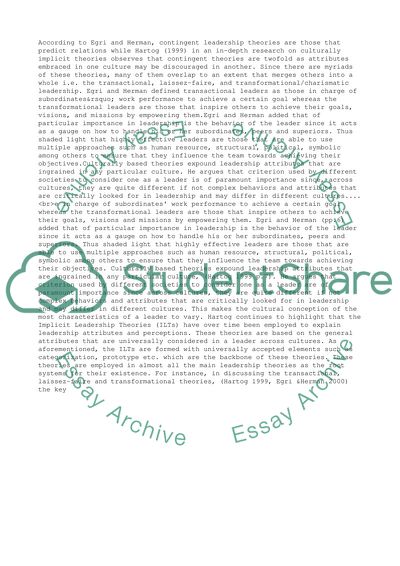Cite this document
(“Principles and practice of leadership and management Essay”, n.d.)
Retrieved from https://studentshare.org/management/1476667-principles-and-practices-of-leadership-and
Retrieved from https://studentshare.org/management/1476667-principles-and-practices-of-leadership-and
(Principles and Practice of Leadership and Management Essay)
https://studentshare.org/management/1476667-principles-and-practices-of-leadership-and.
https://studentshare.org/management/1476667-principles-and-practices-of-leadership-and.
“Principles and Practice of Leadership and Management Essay”, n.d. https://studentshare.org/management/1476667-principles-and-practices-of-leadership-and.


